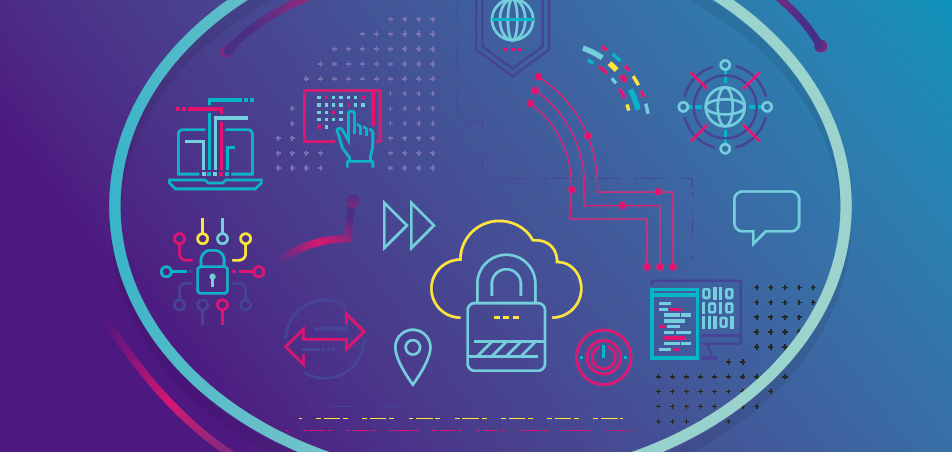
The Australian Government has released a voluntary Code of Practice to improve the security of the Internet of Things in Australia – including everyday devices such as smart fridges, smart televisions, baby monitors and security cameras.
The COVID-19 pandemic has highlighted how much we live and work online, with more Australians and Australian businesses connecting than ever before. This increased connectivity exposes more people, businesses and livelihoods to greater cyber security risks – particularly through internet-connected devices plugged into home networks.
Poor security features of these devices can expose consumers’ personal information and data to cyber criminals. The Code of Practice outlines the security features the Australian Government expects of internet-connected devices available in Australia.
Following nation-wide consultation earlier this year, the Australian Government has worked closely with industry partners to develop the voluntary Code of Practice. The Code of Practice is accompanied by information for Australian consumers to help them consider security features when purchasing internet-connected devices.
For the latest tips and advice, visit cyber.gov.au. A copy of the Code of Practice is available at Marketplace
Scott McKinnel, Country Manager ANZ at Tenable commented, “Many IoT devices commonly found in Australian homes and businesses have not been designed with security in mind, making them vulnerable to compromise. While the security of one device may seem like a small issue, poorly secured devices can enable cybercriminals to move laterally into homes and businesses, accessing valuable information. As IoT becomes more widely adopted in the industrial space, IoT vulnerabilities can traverse into operational technology systems, risking the function of important machinery and infrastructure. So this isn’t just about securing one device, it’s about securing entire networks.
“These measures are an important step in the right direction for the Australian economy, businesses and ultimately everyday consumers as we navigate an increasingly connected world.”





